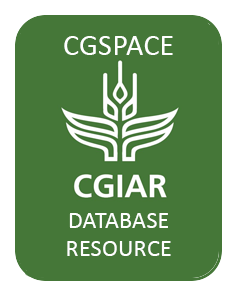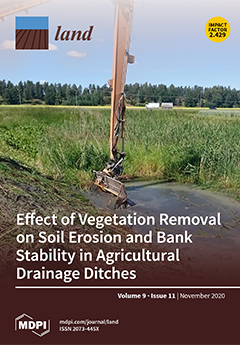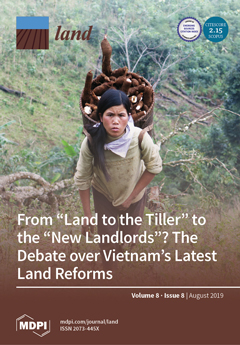Changes in Vegetation of Flooded Savannas Subject to Cattle Grazing and Fire in Plains of Colombia
Cattle grazing and fire are common types of management on natural ecosystems, generating several threats to the conservation of native vegetation (e.g., changes in species richness, cover, and abundance, mainly of bovine-palatable species). In this work, we analysed the response of the structure and composition of vegetation managed with different cattle stocking rates and fire in the savanna ecosystems of Colombia. The study was located in the eastern area of the Llanos region, where savannas were subjected to grazing and burning.








